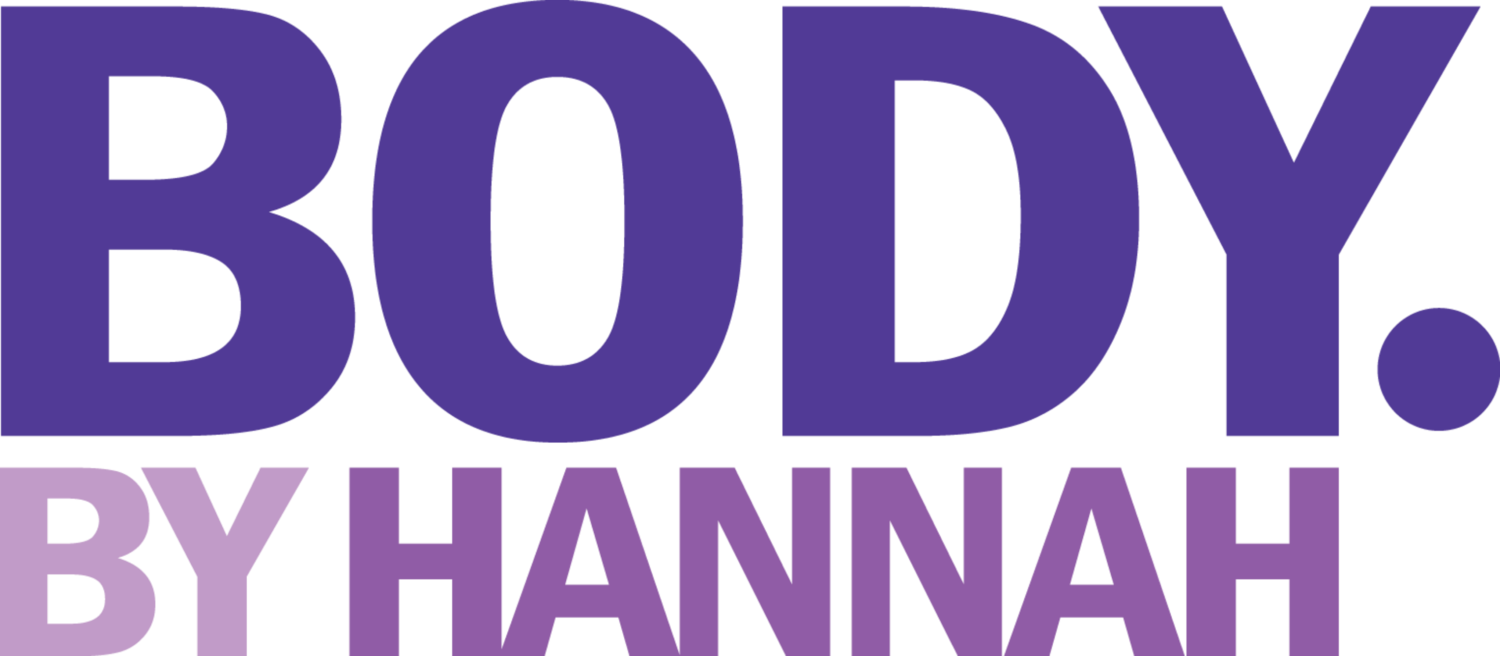I’ve always tried my best to commit to a growth mindset. In an industry where science is still being uncovered, we must accept that we don’t know it all. I’ve continued to evolve my training practices around the latest science but also around daily discoveries I make with each individual client.
I want to share a few things I was confronted with this year that really challenged what I know about correcting movement, balancing hormones, and improving your fitness.
Is Corrective Exercise Overrated?
I have been a self proclaimed “form police” type of trainer. I’ve always believed one of my biggest responsibilities as a trainer is to fix my clients muscle imbalances through corrective exercises. There’s a very big message in our industry claiming that we are broken and we need to be fixed or else we’ll get injured. Well, that’s not necessarily true and that messaging with clients only instills fear of movement. It can prevent many from even getting started on their fitness journey. In reality, we are not as fragile as we may believe.
I recently dove into numerous published studies around movement dysfunction and their relationship to injuries. Excuse me while I grossly summarize these findings for the sake of this article- I’ve cited sources below for reference if you are interested.
In these prospective design approaches where we look at the outcome (injury) first to hypothesize a causation (why it happened), we see that joint dysfunctions was not the likely cause for injury. Clients rehabbing from injuries got stronger and became pain free over time simply by following a gym strength training program EVEN THOUGH they showed no change in the way they moved. So they got better, but still moved the same way.
So how does this change the way that I train? I still demand better form from clients, but I am less rigid about it. While we can still agree that major muscle imbalances can create problems over time, it appears that some degree of imbalance is totally safe. If the movement isn’t absolutely “perfect”. I’m less hung up on addressing it solely through corrective exercise before moving forward. I confidently lean more into the “where do you feel this exercise? Or “how does this exercise feel” question I always ask my clients. If the exercise is eliciting a muscle burn in the intended muscle group, we’re moving in the right direction. We can “correct” and strengthen at the same time. And what seems to be more important for becoming pain free, is to prioritize getting stronger using heavier load.
Sources:
Swain et. al, 2020 PMID 31451200
Menezes Costa et. al, 2011 PMID 20655254
Alfonso et. al, 2021 PMID PMC C8067745
Pardos-Mainer et. al, 2021 PMID 33419178
Hormonal Health.
For the past two years I’ve been on a more in depth journey to see if there was anything new I could discover around women and their hormonal health at every stage of life. I completed multiple online continuing education courses and soaked up information from experts in the field hoping to uncover some new truths.
The biggest truth remains unchanged, and that’s that our first line of defense for creating a more flexible metabolism and balancing our hormones to maintain a healthy weight, achieve weight loss, gain energy and to build muscle at any age, boils down to managing stress through diet and exercise (specifically strength training).
That’s not to oversimplify the fact that our hormones fluctuate depending on our monthly cycles and reproductive age, but regardless of whatever stage we are in, a healthy diet and focus on strength training should be our first approach to encouraging a more flexible metabolism.
My mission in 2023 is to help women become more in sync with their own biofeedback so we can translate it into what their exercise and nutritional approach should look like. You may be eating too much, you may be eating too little. You may be over training, you may be under training. You may need more recovery. You may need to focus on a few lifestyle habits to combat insomnia and improve energy. In the new year, I’ll be focusing more on coming up with easy methods for interpreting our hormonal cues to be able to implement more effective training and nutritional strategies.
Focus on PROTEIN and Improve Your Fitness.
I’ve wavered from not really paying much attention to protein (just paying attention to eating whole foods and keeping it healthy), to (after reading Proteinaholic) believing we get way too much protein and in the next year limiting animal protein to no more than one meal per day or less, and now swinging back around to the power of protein for faster recovery and more efficiently achieving body recomposition.
Whether you choose to get your protein primarily from plants or from animal sources is your own choice but I do wholeheartedly believe that getting animal protein has incredible advantages. Animal protein is more bioavailable, it’s a lower total caloric whole food protein option, and holds unique micronutrients you can’t find as available in plants.
If you have goals to lose weight more easily and build muscle for better metabolic health, then eating enough protein must be a priority for reaching those goals more easily.
We’ve explored prescribing protein rich diets in our BBH Nutrition Corner for our online studio clients as well as encouraged clients in the studio to track protein and in every case where the client has been compliant consistently, we’ve witnessed them achieve body recomposition goals. They have lost fat AND built muscle at the same time which is typically no easy task! If you want to become MORE FIT in 2023, prioritize protein. Don’t know where to start? Well, I’d say reach out for a personalized evaluation. Or start by following our BUILD program featured for the next 3 months this year.
“The more you know. The more you realize you don’t know.” - Aristotle
Keep on learning in 2023.




